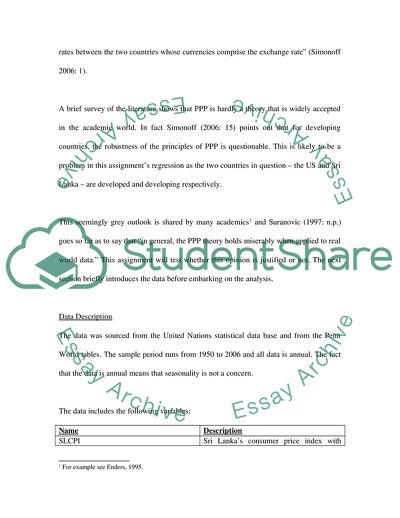Cite this document
(Econometrics and Purchasing Power Parity Assignment, n.d.)
Econometrics and Purchasing Power Parity Assignment. https://studentshare.org/macro-microeconomics/1714356-purchasing-power-parity-for-subject-econometric
Econometrics and Purchasing Power Parity Assignment. https://studentshare.org/macro-microeconomics/1714356-purchasing-power-parity-for-subject-econometric
(Econometrics and Purchasing Power Parity Assignment)
Econometrics and Purchasing Power Parity Assignment. https://studentshare.org/macro-microeconomics/1714356-purchasing-power-parity-for-subject-econometric.
Econometrics and Purchasing Power Parity Assignment. https://studentshare.org/macro-microeconomics/1714356-purchasing-power-parity-for-subject-econometric.
“Econometrics and Purchasing Power Parity Assignment”. https://studentshare.org/macro-microeconomics/1714356-purchasing-power-parity-for-subject-econometric.


